Central to the image above, with sail at half-mast, is KY 240 - Sultan. Owned by Thomas Lawrie (1853-1951), and 43 feet in length, mariners' almanacs show that KY 240 was active at least between 1887 and 1901. The photograph dates to before the 1894 construction of the footbridge over the railway line. The original Largo Station building can be seen in its elevated position in the background. There are several other boats in the harbour. The only other legible registration is KY 1837 - the middle of the three smaller boats to the left of the Sultan. This small boat is the Wilhelmina, belonging to David Ballingall. A wider-view photograph of this scene is shown below. Note the three smartly dressed gents standing at Cellar Braes close to the Net House (long before the construction of its raised sea wall). You can see how easy it would be to stumble into the water from here, particularly in the hours of darkness. Such an accident happened in 1935 to a Mr McNeil. He was visiting from Edinburgh and mistook the lights at Methil docks for the way back to his lodgings at Drummochy and fell over the edge onto the rocks below (while the tide was out).
KY 240 was not the only 'Sultan' to be based at Largo. The 1887 register shows both KY 240 and another Sultan with the registration KY 1427. The latter vessel, which likely predates KY 240, was owned by Alexander Gillies (1823-1898). He was a lifelong fisherman (and son of another fisherman, David Gillies). His mother was a Selcraig and so he was linked to Alexander Selkirk of Robinson Crusoe fame. The photograph below shows Alexander's Sultan in a scene dating to the 1880s. KY 1427 was out of register in 1888 and it appears to have been sold on and re-registered as A 503 on the Aberdeen register. Later this vessel was sold to a Stonehaven-based fisherman before finally being broken up in 1902.
The KY 1427 Sultan featured in an artwork by landscape artist James Heron, allowing us to see how she looked in colour. Born in Edinburgh in 1847, Heron was actively painting by the early 1870s and his work often depicted fishing boats and harbours, as well as many other landscapes around Scotland and overseas. Heron exhibited at both the Glasgow Institute and the Royal Scottish Academy. The watercolour below is entitled 'Largo Pier' and is dated 1885.
The name 'Sultan' was given to quite a number of vessels around the country over the decades - perhaps chosen because of its association with strength and power. Could the building of Largo's original Sultan have coincided with a news story of the time, such as the 1867 visit to the UK of the Ottoman Sultan or his subsequent death in 1876? There was famously a 'Turkish Fleet' of paddler steamers on the Clyde in the 1860s named the Sultan, Sultana and Viceroy. The name certainly seems to have been fashionable at the time. Repetition of local boat names was not uncommon. Could the newer Sultan have been viewed as a successor to the original? Was owner of the later Sultan, Thomas Lawrie (pictured below), a crew member on the original Sultan? If you know more about these two Largo fishing vessels and their owners, please leave a comment.
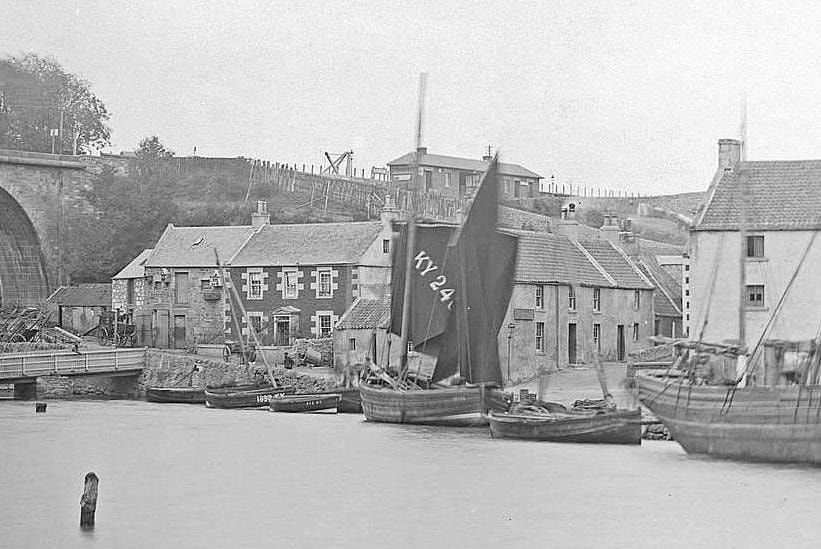
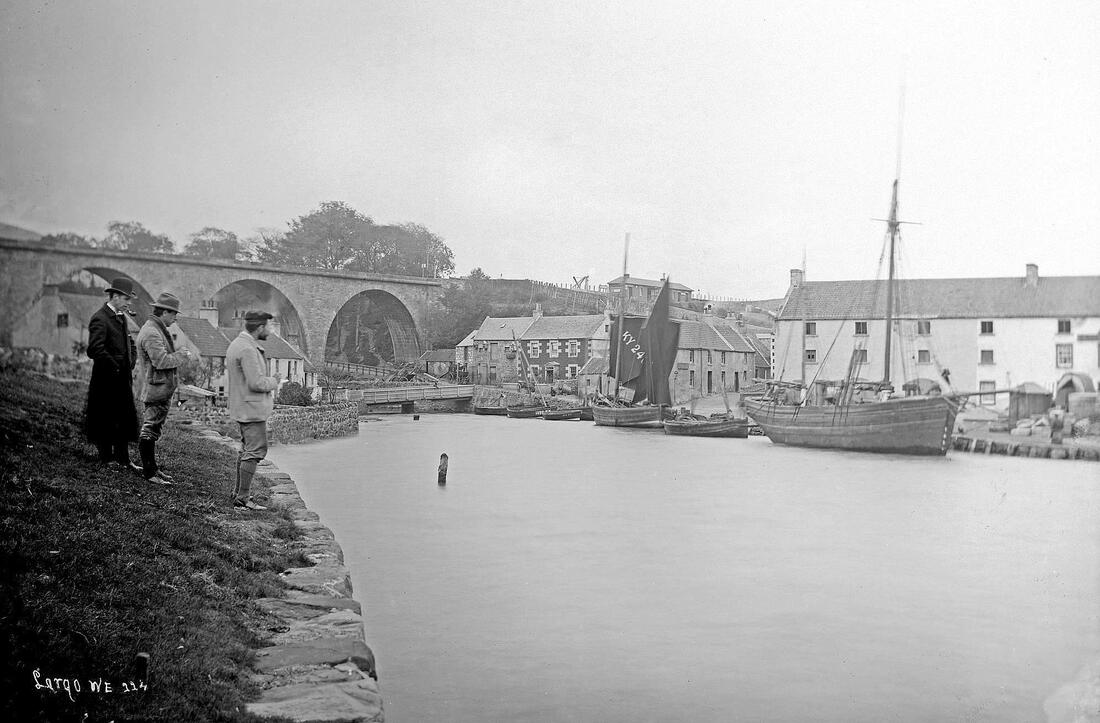
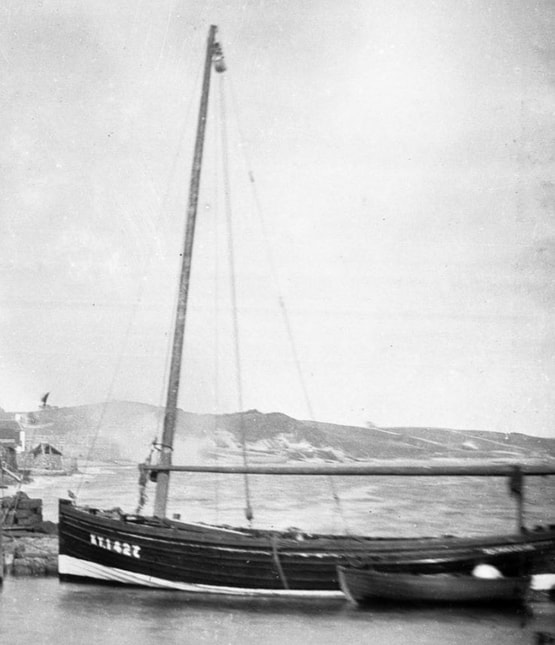
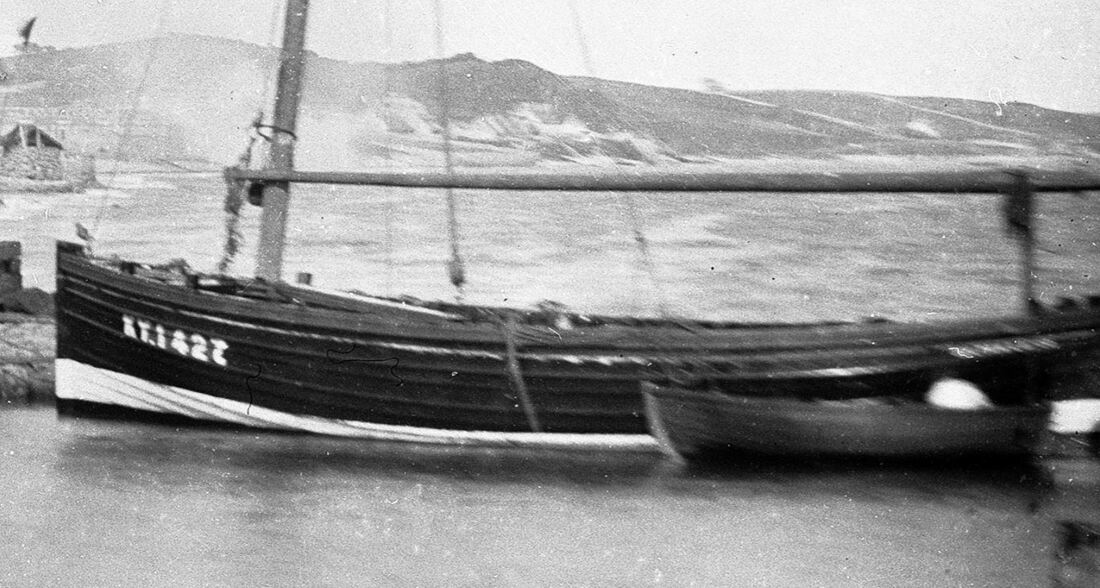
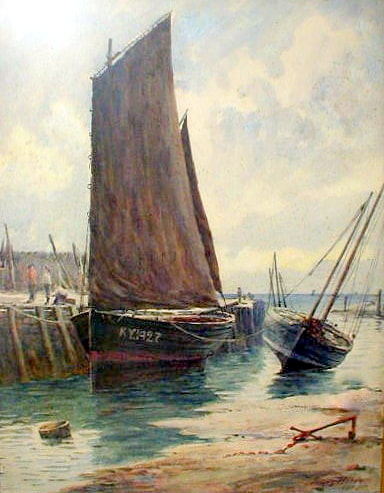
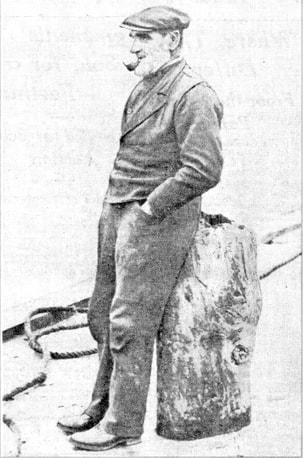
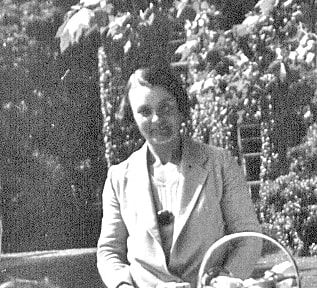
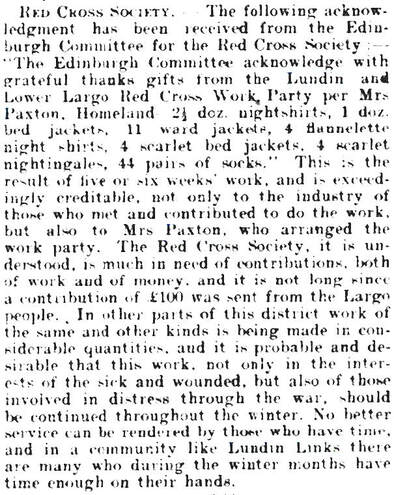
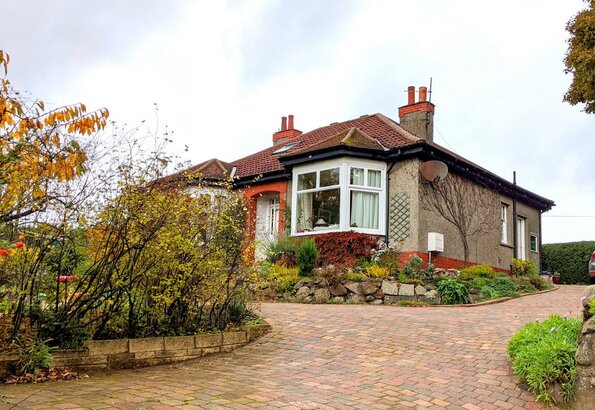

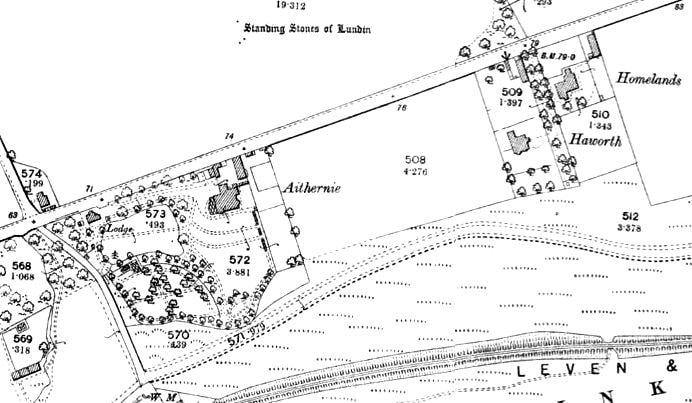
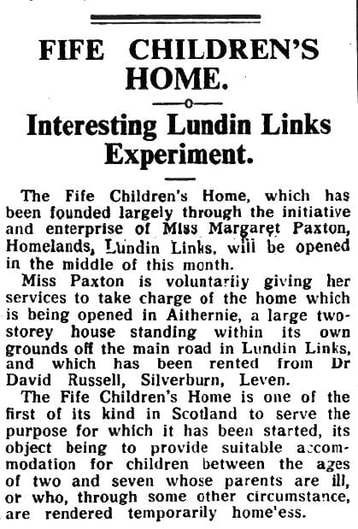

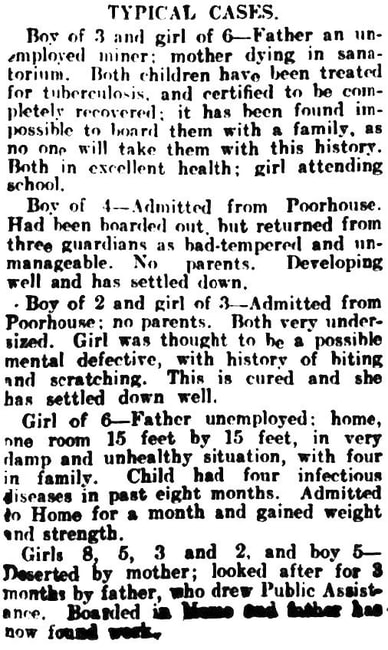
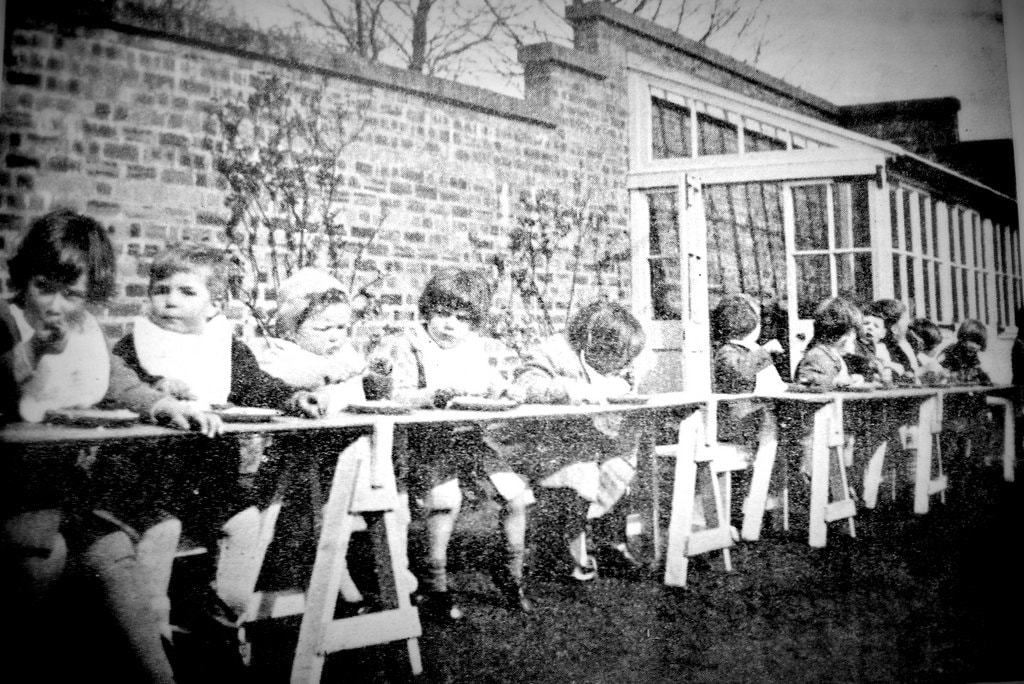
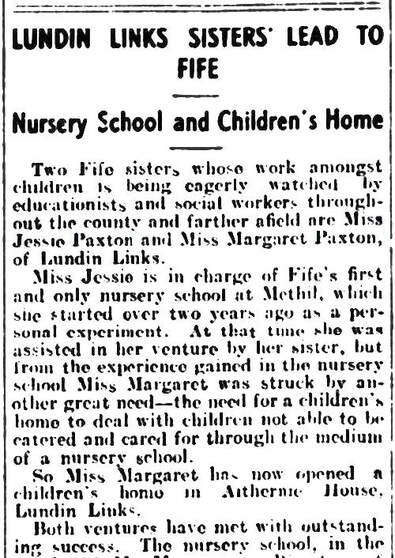
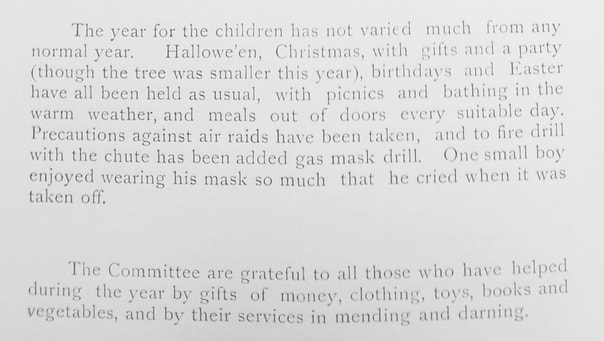
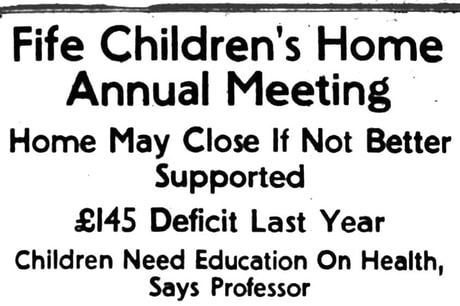

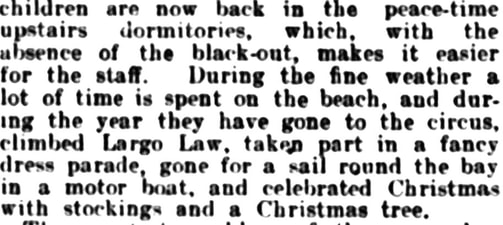
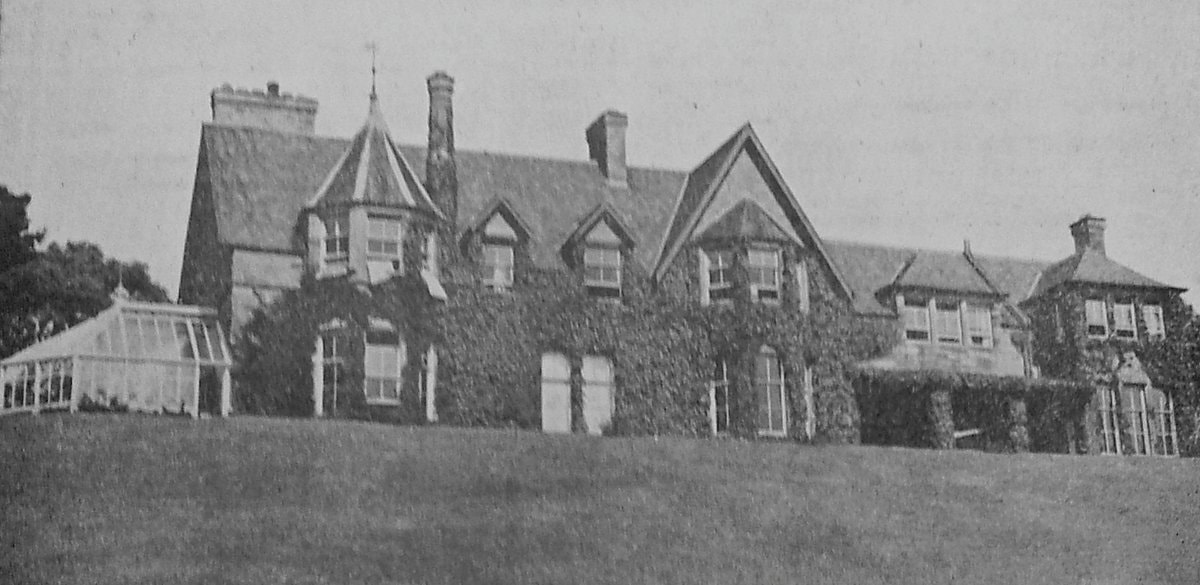
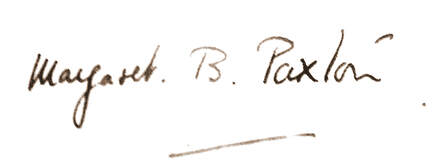
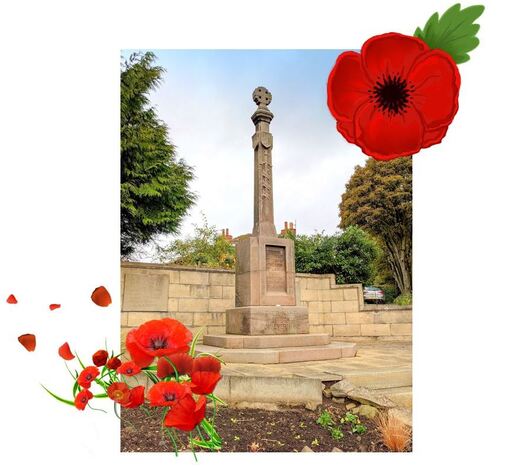

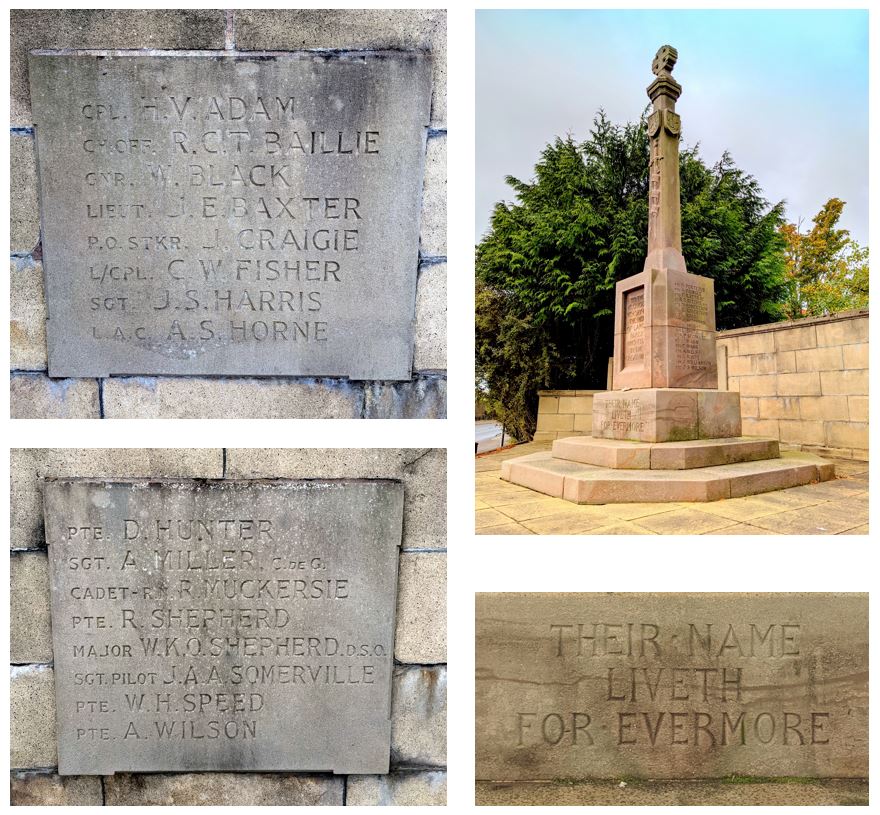
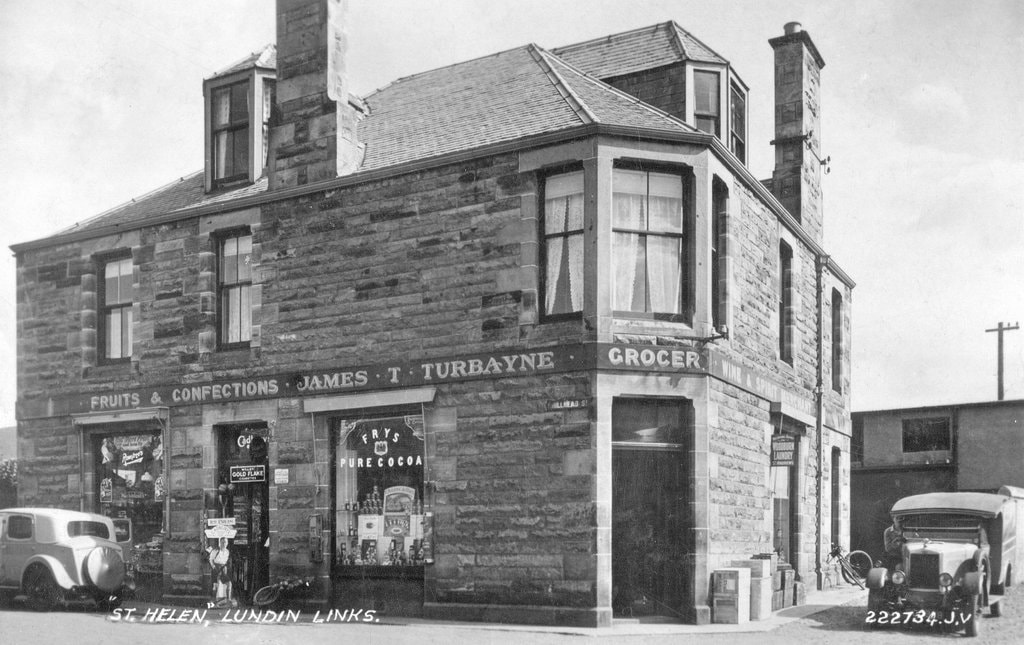
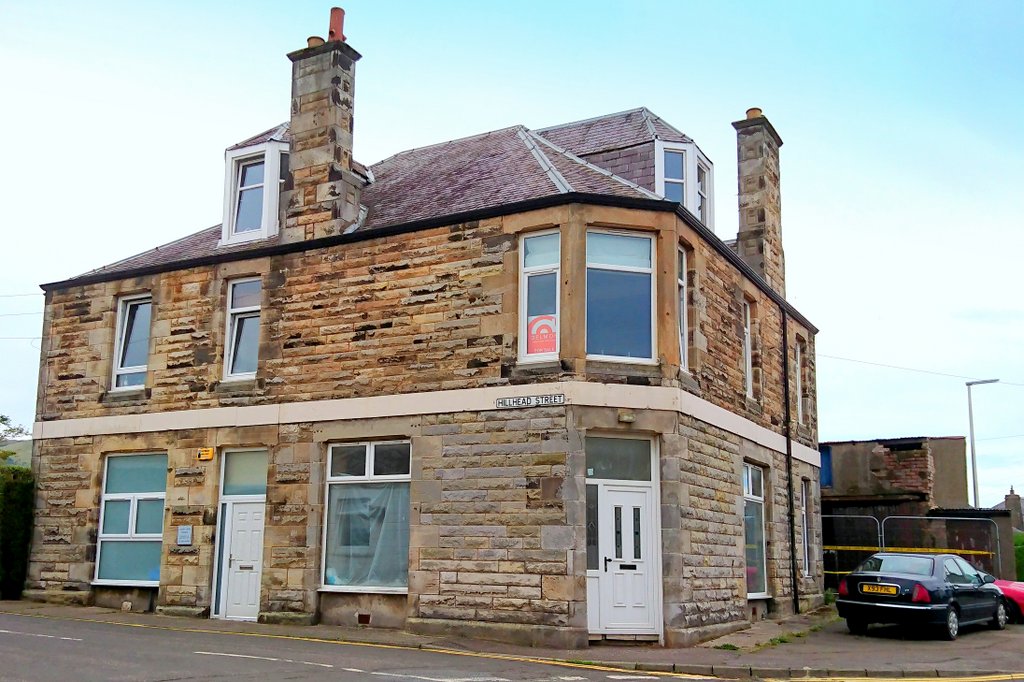
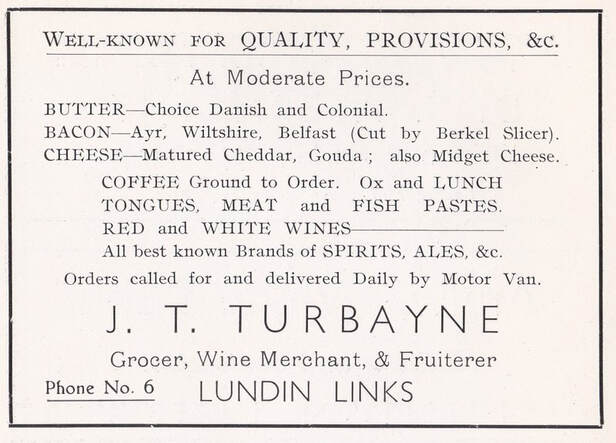
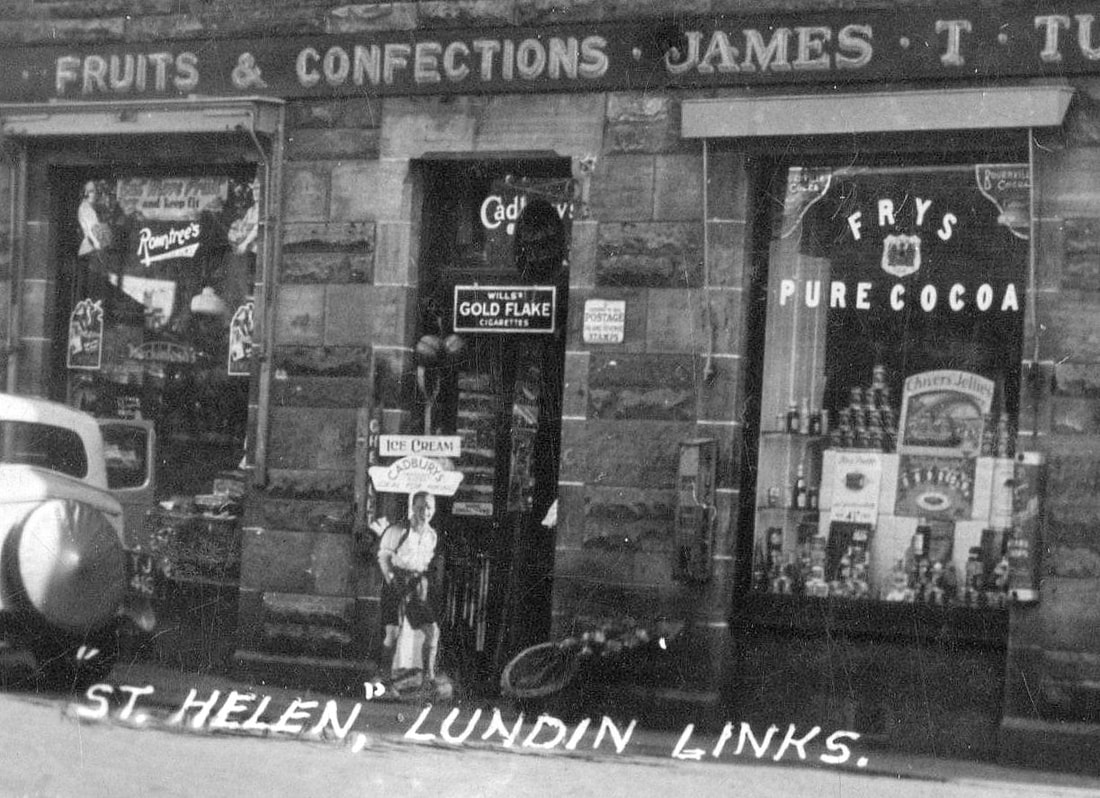
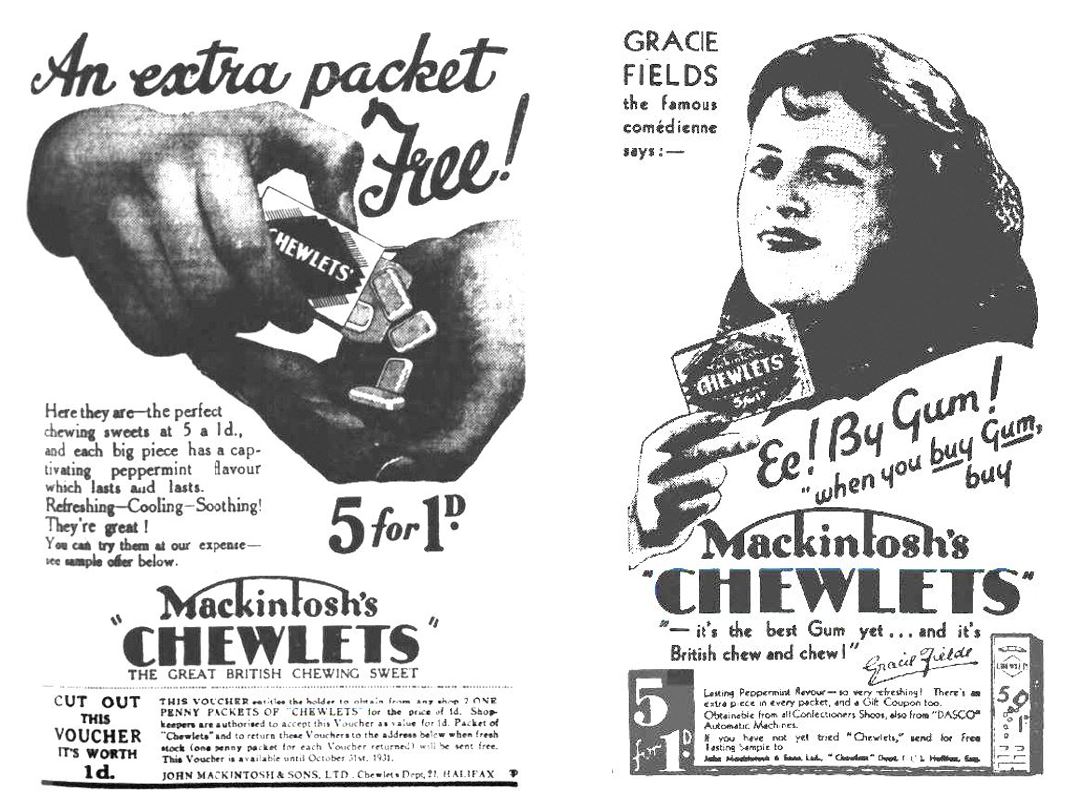
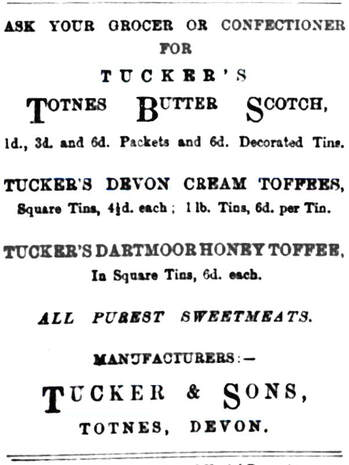

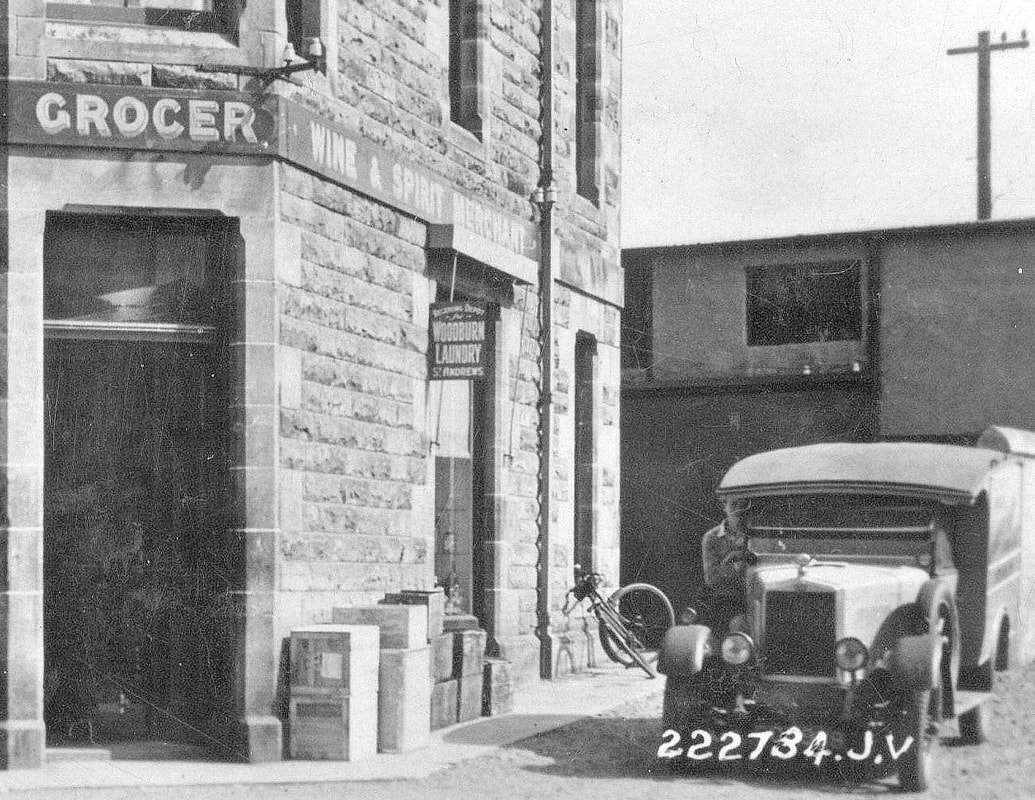
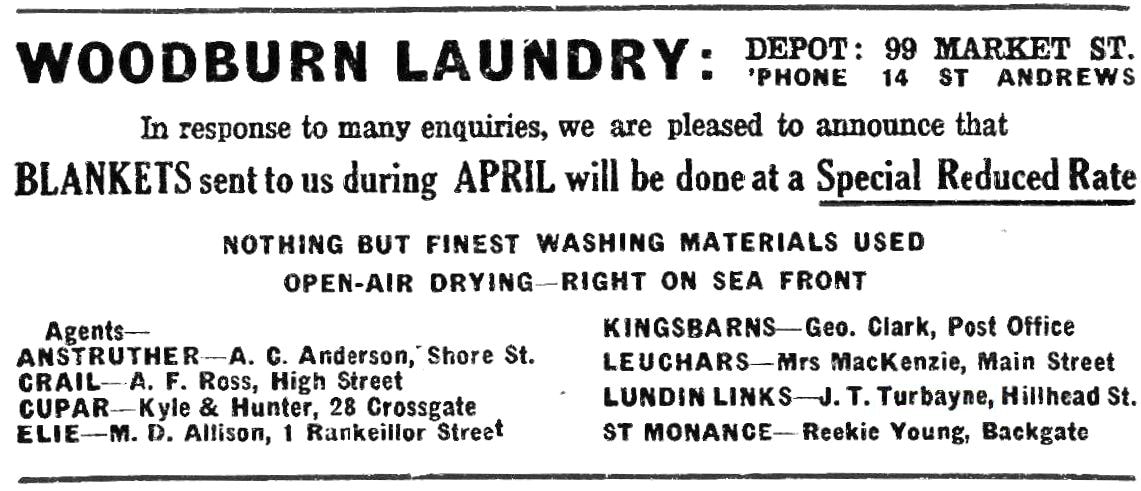

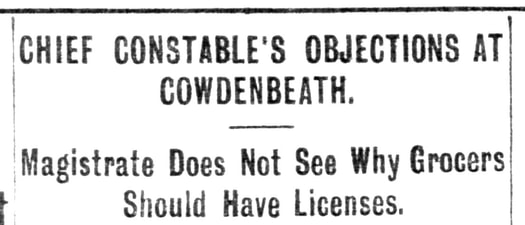
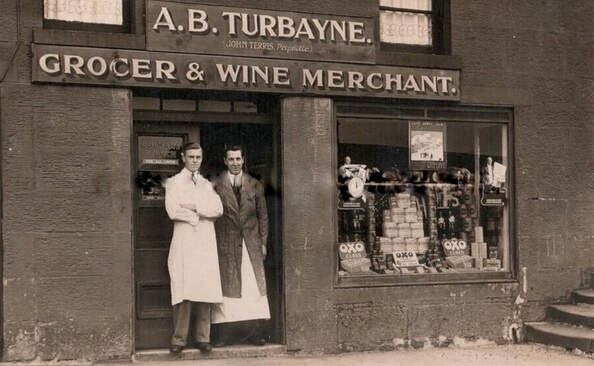
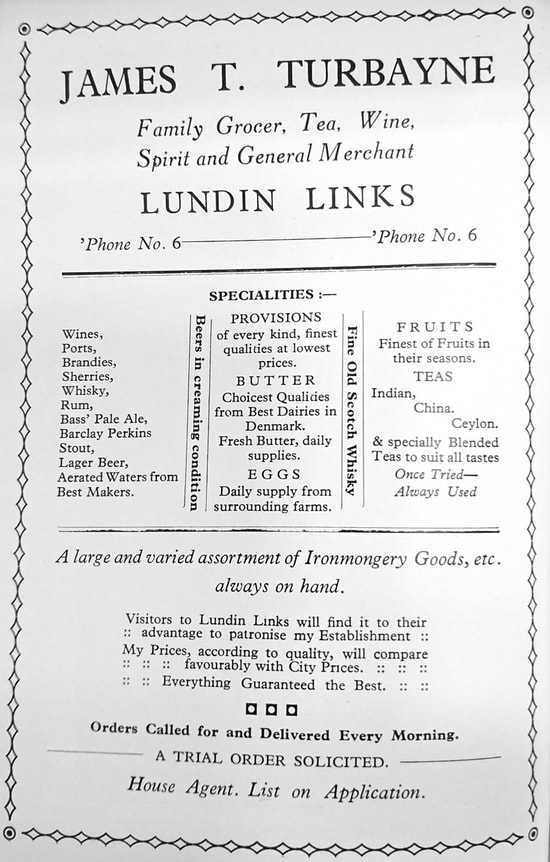
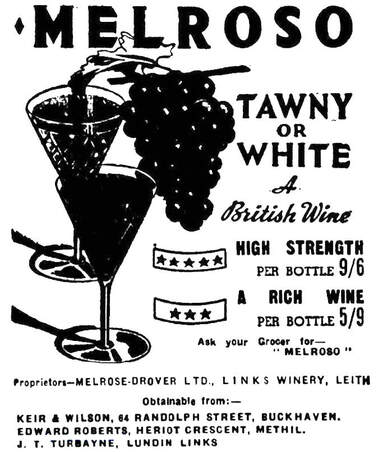
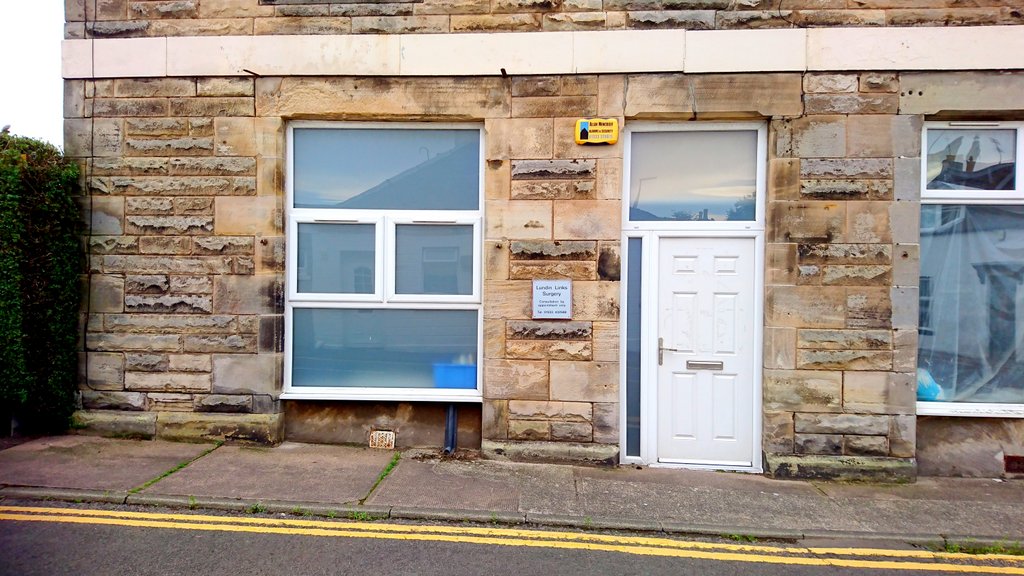
 RSS Feed
RSS Feed
